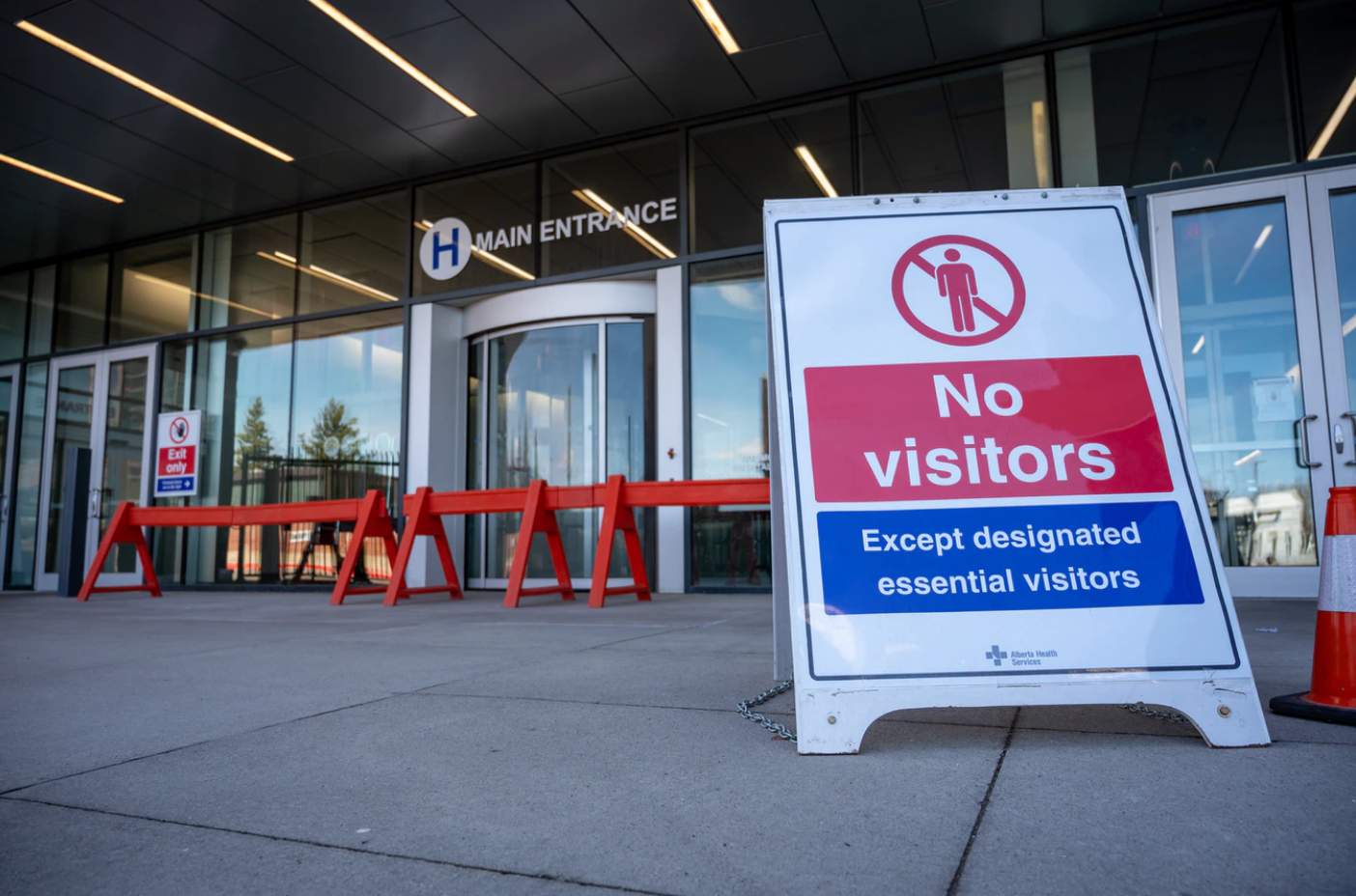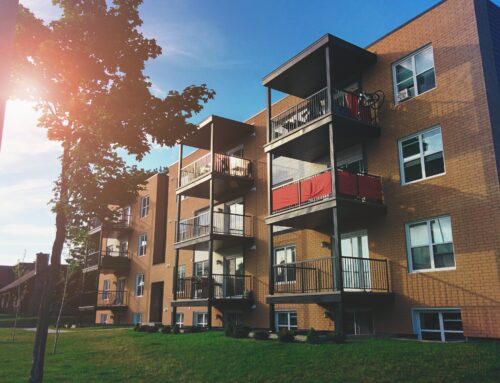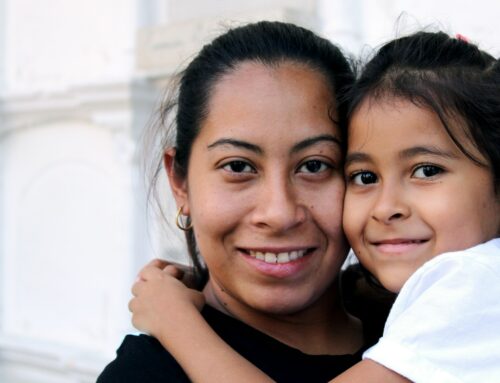After several weeks of unprecedented disruption to society, Canada has slowly begun to ease the COVID-19 shutdown that went into effect in mid-March of this year. The stages of reopening vary across different regions and provinces of Canada, and attitudes are mixed between residents, business owners and healthcare workers. The government has also taken steps to ease restrictions on the border, but for the most part, the Canada-U.S. border remains closed indefinitely.
Reopening Ontario after COVID-19
As of Friday, June 12, most of Ontario has entered Stage 2 of Phase 2 of the reopening. This means restaurants are finally able to resume service, albeit at a limited capacity. As summertime approaches, patio dining will be the main attraction, where restaurant patrons have space to spread out and respect social distance guidelines. One of the most important distinctions in Stage 2 is that social gatherings can now grow to a maximum of ten people instead of just five.
Places of worship are also reopening, but with a limited capacity of 30 percent. Childcare services are becoming available again as well, although not without controversy. Many daycare workers fear the spread of the virus among children who have a harder time complying with the social distance policies. Working parents welcome the change, however, as they will finally be able to return to work or continue working from home without the endless distractions created by their little loved ones.
Not all of Ontario is following the same schedule. Neighborhoods closer to the US border, such as Hamilton and Niagara, are having to wait a bit longer, as their case numbers remain somewhat higher. Most are hoping to see the emergency orders lifted across the whole province by June 19. But as we’ve seen over the last few months, the details remain vague, and nothing is certain.
Reopening in Montreal and Quebec
Montreal and French Canada are moving on a different schedule, which began in mid May, so they are now advancing from Stage 5 to Stage 6 of deconfinement. But a return to the condition once known as normal remains a long way off.
Schools and businesses engaged in construction and manufacturing began to reopen in May. However, shopping centers, bars, gyms, places of worship and sports and cultural venues are still pending. It should be noted that guidelines vary between the Greater Montreal Area (GMA) and the less populated (lower risk) areas outside of the city.
Phase 5, announced on June 1, allowed the opening of health care facilities throughout the province, as well as personal and beauty care services and shopping centers outside of Montreal and Joliette. Outdoor spaces, like public parks, have begun to open, but social distancing rules remain in place. That means face masks and two meters of personal space. Also, no more than 10 people or 3 households in any gathering.
Indoor gatherings are still a no-no in Montreal, although restaurants are set to open on June 15 in most of the province and June 22 in the GMA. Violation of the provincial mandate against larger congregations and indoor gatherings could bring a fine of up to $1,546. Better to stick with Zoom conferencing for the time being. Also, keep your mask on and wash your hands regularly.
The Canada-U.S. border remains closed
The longest un-militarized border in the world completely closed down for the first time ever on March 21. This measure created new obstacles for families, employers and all those businesses that depend on tourism. The closure has been virtually airtight, with exceptions allowed in very few cases, such as truck drivers, airline crews, and essential medical workers.
Primer Minister Trudeau announced last week that immediate family members (including married couples and common law partners), who were not both Canadian citizens, can finally reunite. They can not drop in for a quick visit though. Instead, they must stay for at least 15 days, spending the first 14 days in strict quarantine.
While this change comes as a huge relief to international families, not all Canadians are equally enthusiastic. According to a recent survey from the Association for Canadian Studies’ Covid-19 Social Impacts Network, more than half of all Canadians (51 percent) would like to see the border remain closed at least until the end of the year.
Meanwhile, the great number of businesses who rely on tourism and temporary foreign workers are eager, if not desperate, to see the wheels of commerce spinning again. It remains unclear just when the border will re-open for ordinary visitors and non-citizens.
Conclusions
Since the coronavirus pandemic descended upon us in the winter, we’ve all had to make some major adjustments and adapt to a whole new way of living. Part of that adaptation has meant getting used to an uncertain future. Everything is temporary, and every announcement could be followed by a quick change or reverse of course.
Although the Canadian economy is beginning to open, the possibility remains that the virus could strike again. And if numbers start to soar, we should be prepared to see another shutdown like the kind we had in April and May. Now, more than ever, we must be mindful of the health guidelines and the social distancing measures in order to avoid such a repeat of that painfully difficult disruption.
PHOTO CREDIT: Chinook Regional Hospital, Lethbridge, Alberta (Unsplash)







Leave A Comment